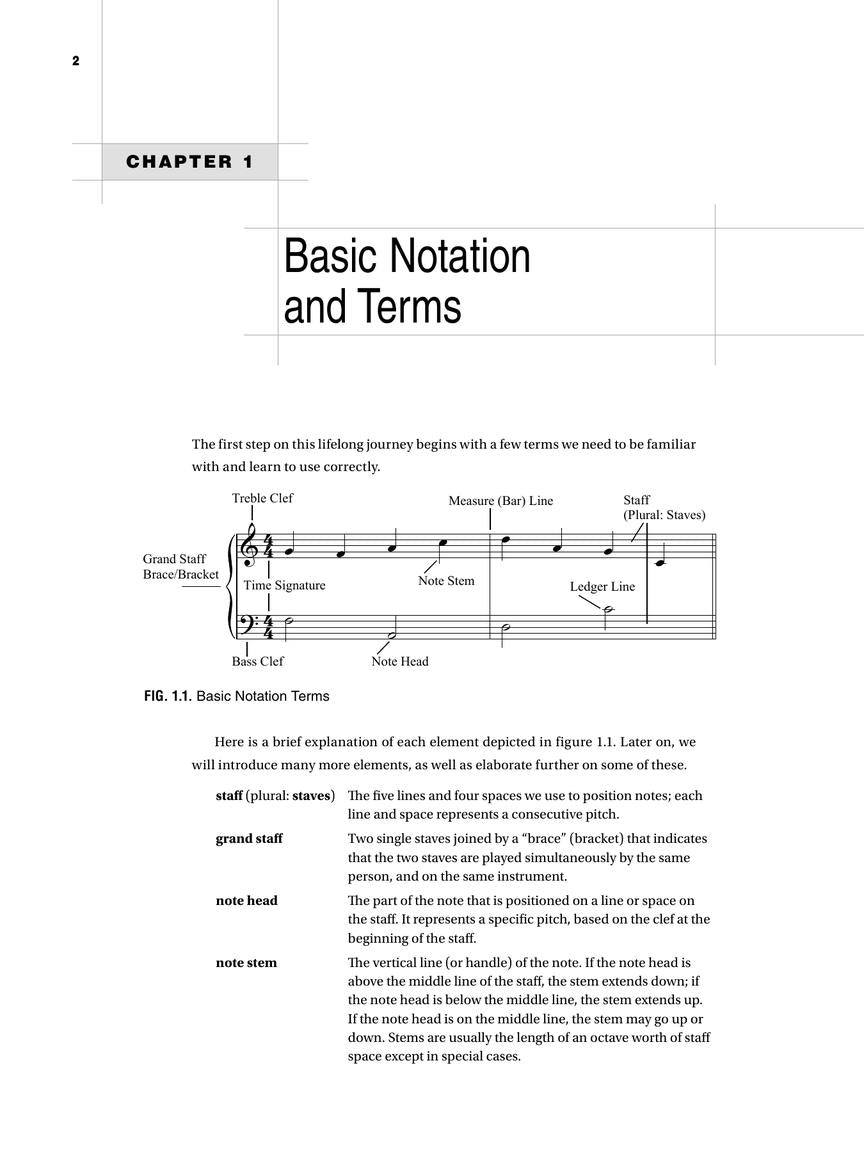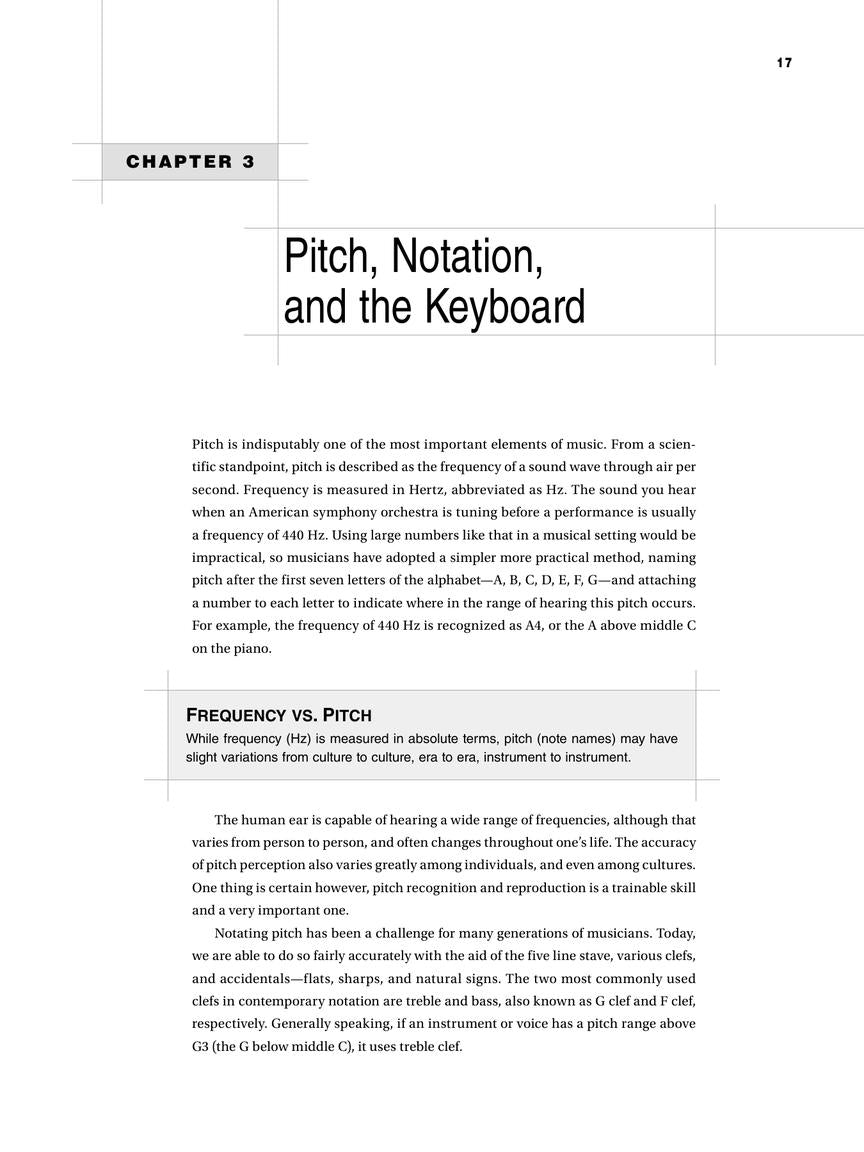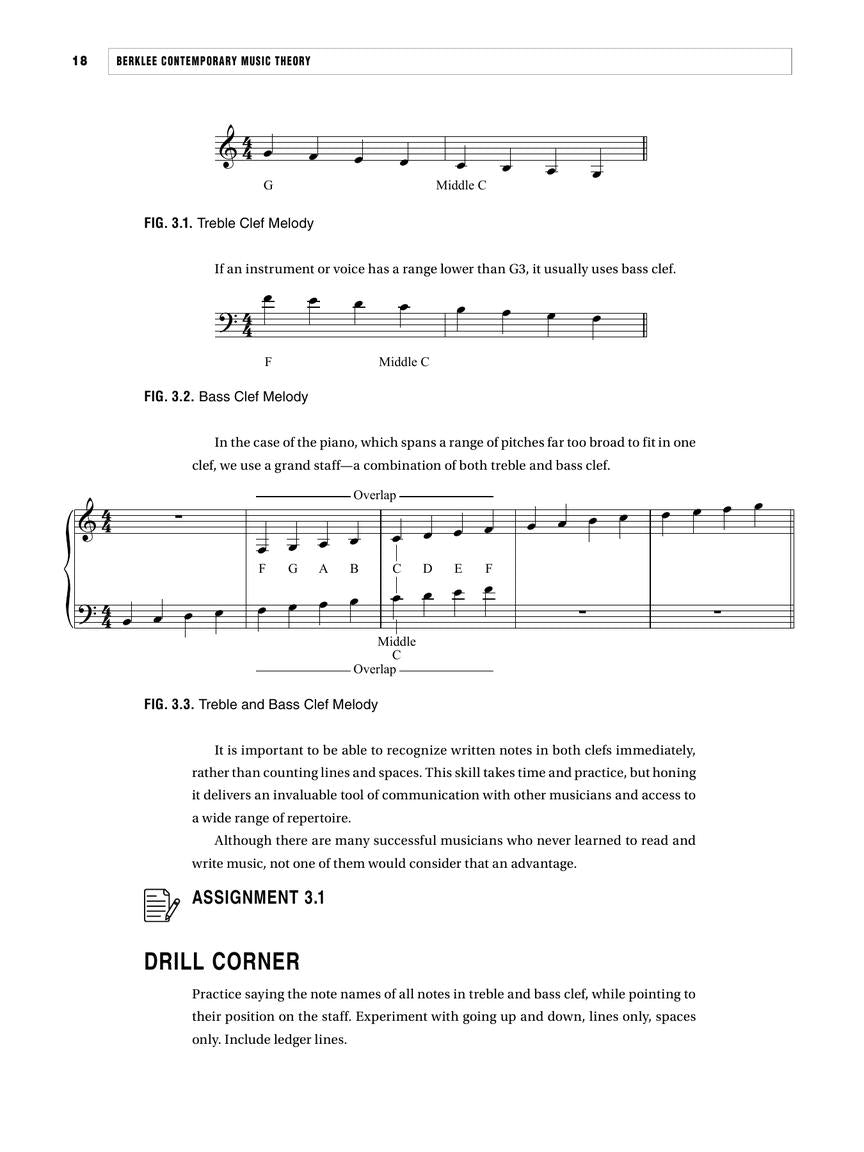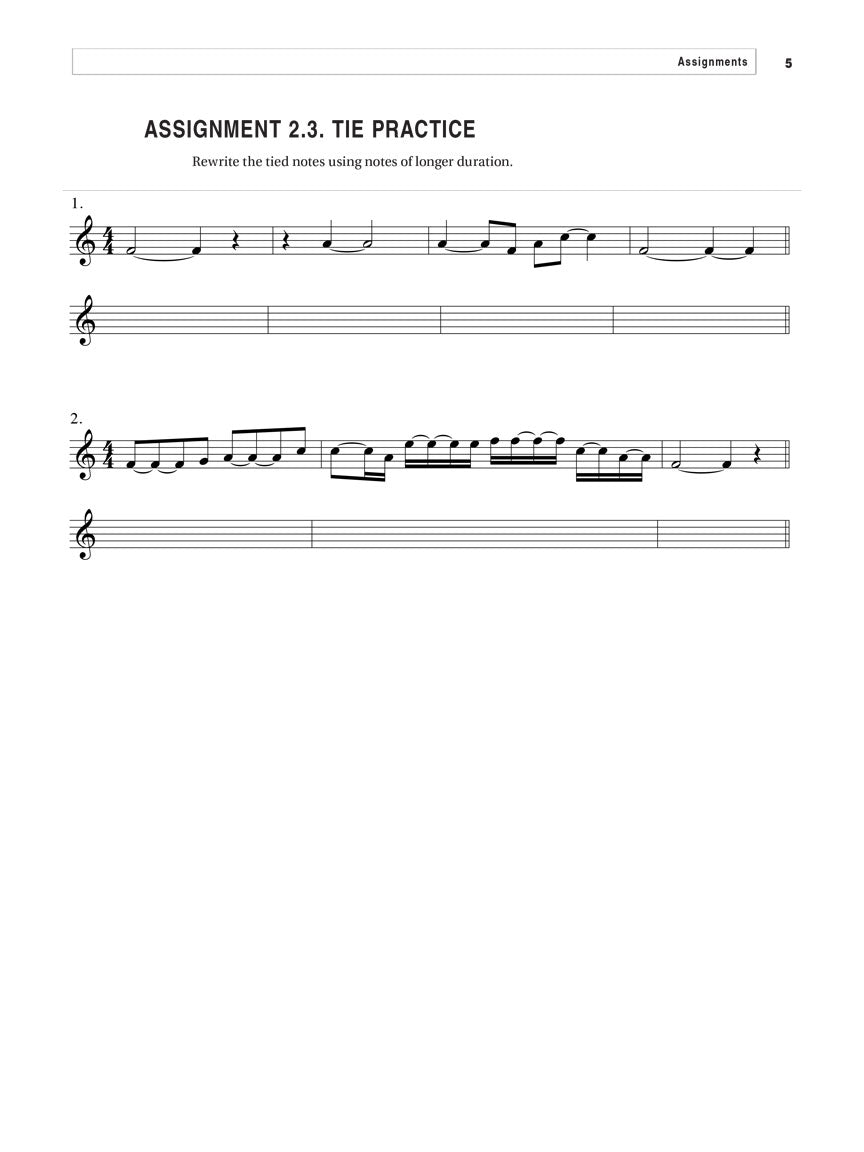Berklee Contemporary Music Theory
Item is backordered and shipping time is unknown right now.
- Authors: Vessela Stoyanova, Jeff Perry
- Format: Book with Audio Access
- ISBN:
- Size: 9.0 x 12.0 inches
- Pages: 168
Listen
Description
Learn to read, understand, and create music. This book will help musicians of all levels communicate more effectively, learn new music faster, and memorize repertoire more easily. This approach has been developed and refined at Berklee College of Music since the 1950s and has been used by many thousands of musicians worldwide – currently as a textbook in Berklee's Aspire: Five-Week Music Performance Intensive program.
Included here are the essential concepts and terminology of music, with hands-on exercises and many listening recommendations so that you can hear how these principles are used in real music – to help you "see what you hear, and hear what you see." Online audio tracks illustrate every concept. Whether you are interested in rock, country, jazz, hip-hop, or any other contemporary musical style, this book will help you become a more capable, more expressive musician.
You will learn to:
• Understand and use the basics of music theory, such as how to read notes, rhythms, key and time signatures, and other essentials.
• Play and use scales, such as Major, Minor, pentatonic, blues, and modes.
• Construct chords, such as triads and seventh chords.
• Identify and use the most common chord progressions, cadences, song forms, and arrangement techniques.
• Develop more advanced chord voicings, as well as use modal harmony.
Publishers use a lot of words to describe what they sell, and we know it can be confusing. We've tried to be as clear as possible to make sure you get exactly what you are looking for. Below are descriptions of the terms that we use to describe the various formats that music often comes in.
Choral Score
A score for vocalists that only contains the vocal lines. The instrumental parts are not there for reference. Generally, cheaper than a vocal score and requires multiple copies for purchase.
Facsimile
Reproductions of the original hand-written scores from the composer.
Full Score
For ensemble music, this indicates that the edition contains all parts on a single system (there are not separate parts for each player). In larger ensembles, this is for the conductor.
Hardcover
Hardbound. Generally either linen-covered or half-leather.
Orchestral Parts
Similar to a wind set, this is a collection of parts. In the case of strings, the numbers listed are the number of copies included, though generally these are available individually (often with minimum quantities required).
Paperback
When publishers offer multiple bindings (e.g. hardcover) or study scores, this is the "standard" version. If you're planning to play the music, this is probably what you want.
Performance / Playing Score
A score of the music containing all parts on one system, intended for players to share. There are not separate parts for each player.
Set of Parts
For ensemble music, this indicates that there are separate individual parts for each player.
Solo Part with Piano Reduction
For solo pieces with orchestra, this is a version that contains a piano reduction of the orchestra parts. For piano pieces, two copies are typically needed for performance.
Study Score
A small (think choral size) copy of the complete score meant for studying, and not playing. They make great add-ons when learning concertos and small chamber works.
Vocal Score
A score prepared for vocalists that includes the piano/organ part or a reduction of the instrumental parts.
Wind Set
For orchestral music, this is a collection of wind and percussion parts. The specific quantities of each instrument are notated.
With Audio
In addition to the printed music, the edition contains recordings of the pieces. This may be an included CD, or access to files on the internet.
With / Without Fingering (Markings)
Some publishers prepare two copies - a pure Urtext edition that includes no fingering (or bowing) suggestions and a lightly edited version that includes a minimal number of editorial markings.










